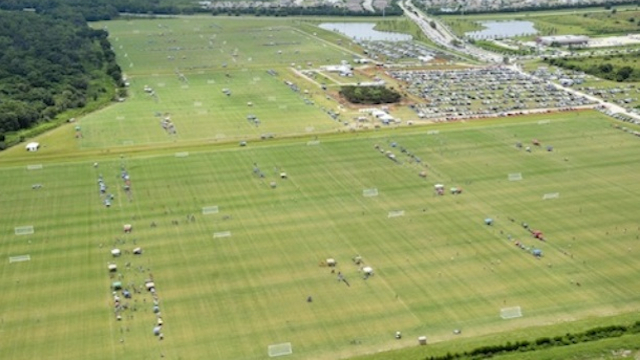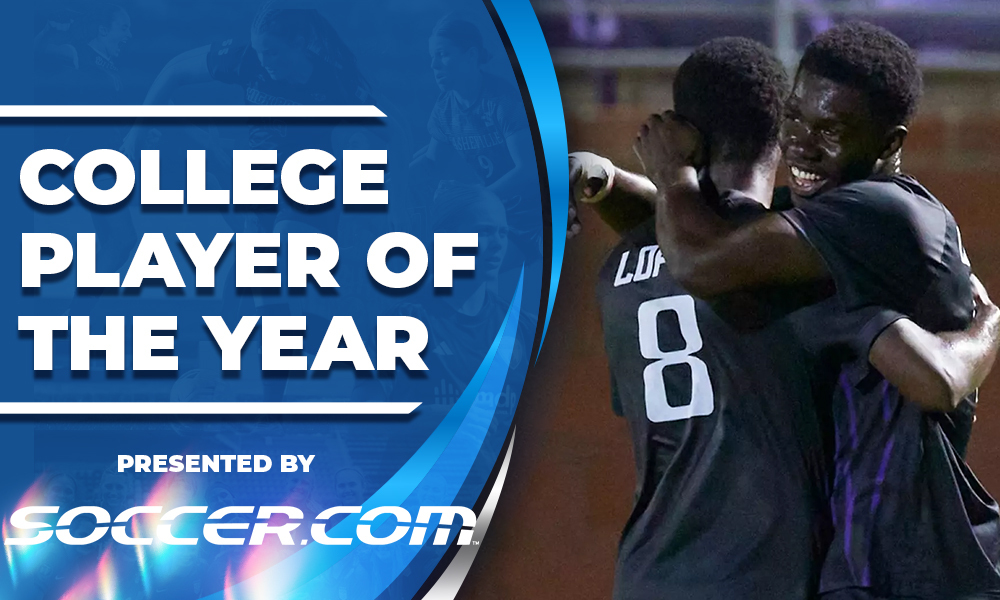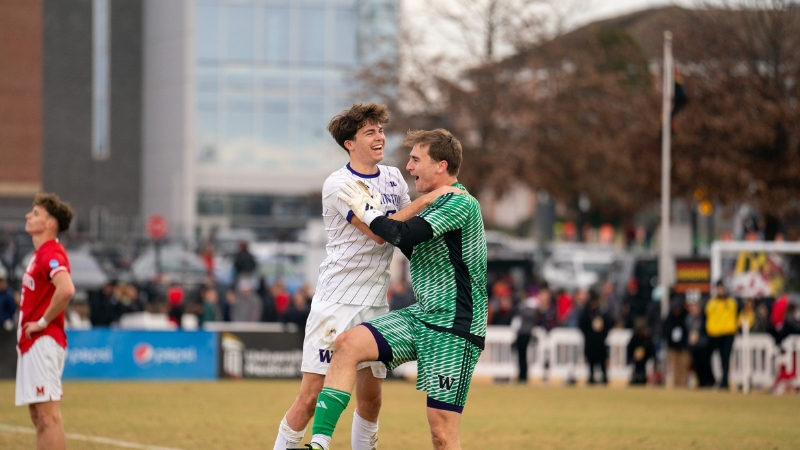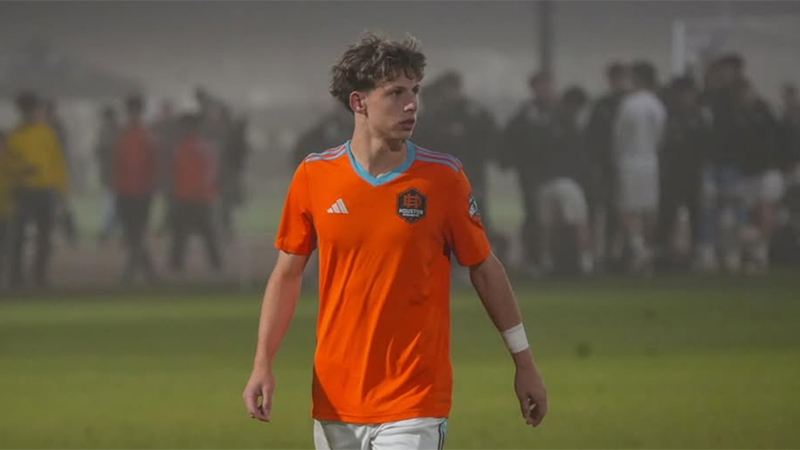Observations from the Florida DA Showcase

The Development Academy Showcase in Lakewood Ranch, Fla. last week provided a chance for U.S. Soccer to take stock of its massive year-end blowout event. It was the biggest winter showcase ever, with players, coaches and scouts alike descending on the event to make it one of the premier dates on the club calendar.
While the largely successful event continues to grow, there’s still plenty of room for improvement. Here’s a glimpse at what the academy got right last week and some areas where it can continue to improve.
U.S. Soccer runs a good show
The Development Academy is a mere six years old, affording little time for U.S. Soccer to properly develop and organize events of this magnitude. Still, it’s apparent the federation has learned a lot in a short period of time, because the showcase went as smoothly as can be expected. Even with scores of U16 and U18 teams in attendance, the games went off with military precision. The only snafu of any kind I saw was a dangerously exposed pipe jutting out from a goal, which delayed the start time of one game about 10 minutes. A replacement was quickly wheeled in and the game went off without a hitch.
Every single game - all 109 of them - was outfitted with a Hi-Pod camera that stored the game for purchase later. Florida in December can be wet, but U.S. Soccer lucked out with high skies and dry weather all week, and only one night even dipped into the 50's. The 22 Bermuda grass fields at The Premier Sports Campus in Lakewood Ranch are a marvel of modern agriculture. The fields are laser leveled to be perfectly flat, while 65,000 feet of piping run underneath the fields to provide constant irrigation in lieu of a sprinkler system. They held up incredibly well over five days of intense punishment.
U.S. Soccer should also be praised for crafting a sensical games schedule that pitted similarly talented teams against each other. That created some mouthwatering matchups, like L.A. Galaxy-FC Dallas, Chicago Magic PSG-Solar Chelsea and Chivas USA-Chicago Fire. If you were in Florida to watch the event, there were at least a half dozen pleasing matchups going off at any given time.
Tactical discipline is rising but still has room for growth
The Development Academy has made gargantuan strides in raising the overall level of youth soccer since its implementation in 2007. Come to one of these events and it’s clear the level of play is a cut above. At the U16 level, college scouts crowded the sidelines to watch uncommitted future studs on camping chairs from behind sunglasses. In the U18 ranks, a host of already committed players gave their future coaches a glimpse of how their commits are progressing under the auspices of the academy.
But as always, the ceiling for improvement is still high overhead. While tactical discipline is at a premium - speaking in generalities, of course - the technical level of play on offer is still finding its legs. At the newly implemented U14 level, U.S. Soccer is introducing futsal to the equation this season in an effort to cultivate more comfort in one-on-one situations. The hope is that the close-quarters game will help morph the historically straightforward, over-the-top American player into a more creative one by utilizing more skill. That includes switching the paradigm to looking to play through defenses instead of over them.
It’s an appropriate step, because growing individual skill here is still a long-term project. To that end, the most common issue over the course of the week was subpar first touch (in addition to too many of them) and slow reaction time in traffic. The pace of play only quickens at higher levels, and the academy has done a good job in starting the process to close that gap. But there’s plenty of room for improvement, and taking fewer, quicker touches is a small step that can help raise the overall level of play.
Should showcase games count toward a team’s record?
Take one glimpse at the crowds lining any given field in Florida and the common denominator is college scouts. Lots of them. As one of the premier club events on the yearly calendar, this was as good a place as anywhere to network and find the next undiscovered recruiting gem.
Each team played three games in Florida, each of which counts toward the playoff picture for next summer. Event organizers felt would add importance to the games and prevent them from becoming glorified exhibitions. The idea is pure, but it only heaps more nerves and anxiety onto players who are already set on impressing the flocks of scouts and coaches in attendance to evaluate talent. There's still some contention among coaches as to whether or not the games should separate from the league calendar.
“I wish overall that the points wouldn’t count as much for the playoffs,” Chicago Magic PSG director Louis Mateus said. “I think that needs to be changed a little bit. But you want good games and you want good competition, and from that standpoint I love the event.”
The U15 BNT is altering the paradigm
One of the new wrinkles this year was the addition of the U15 BNT to the U16 schedule. Hugo Perez’s team had three games against older competition, and while the results on the scoreboard were mixed, the U15s were a joy to watch as a whole. Perez has set up his younger side to play from the back with emphatic insistence, a possession style that he admitted was a change from what American youth players especially are historically used to being fed.
The most exciting thing for U.S. Soccer has to be that Perez is implementing this system at such a young age. With exciting young players like Nicholas Taitague and Lucas Del Rosario showing positive signs, Perez has his squad playing a decidedly possession-based game from the root stalk of their developmental careers as national team players.
Based on the returns in Florida, his year-plus of work is already paying off. The next step is importing that style up the ladder all the way to the senior team.
“The important thing for us is the 14s, 15s and 17s are connected,” Perez said. “It’s a little bit different with (the 17s) because they’re a World Cup team, they have to qualify. But what we’re trying to do is help these kids to play that style of football. I think it’s positive, whether you can go to a World Cup or not, whether you go to qualify or not. You’ve still got to try to play that (possession) football.”
Headlines
- Recruiting Roundup: December 8-14
- Tracking Division I Coaching Changes
- How Do I Get Scouted by TopDrawerSoccer?
- 2026 Women's Division I Transfer Tracker
- TDS Player of the Year: Junior Diouf
- Men's NCAA Tournament Final Four Preview
- Furman's Path to Men’s College Cup
-
MLS NEXT Fest: U17 Goal-Scoring Stars

- TDS Girls Regional Rankings: Class of 2026
- Washington's Path to Men’s College Cup



